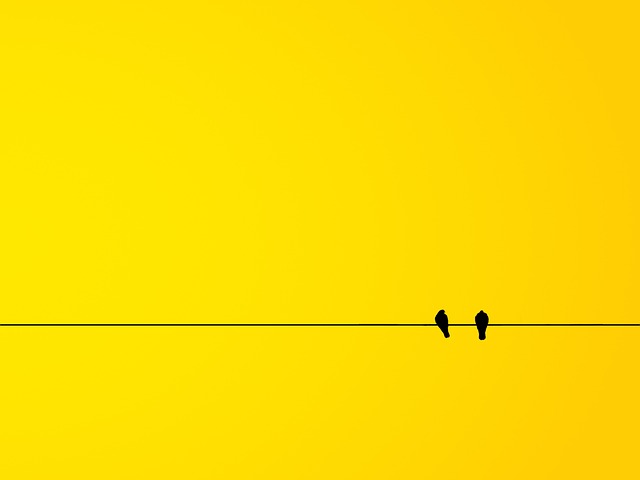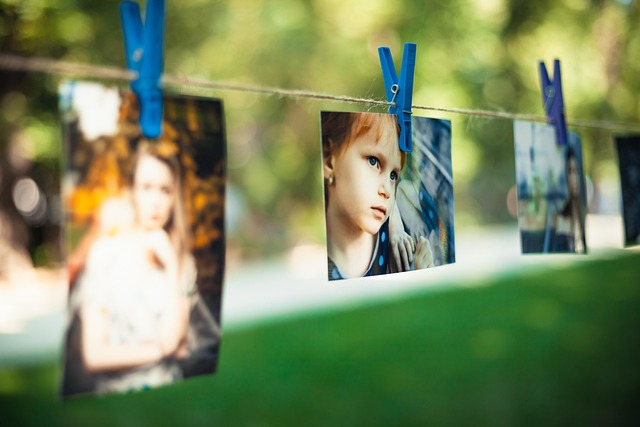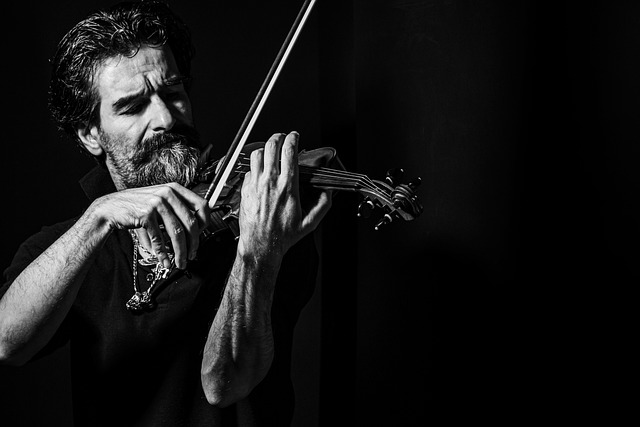In the world of fine art photography, the concept of negative space plays a pivotal role in shaping the viewer’s interpretation and emotional response to an image. Although the term negative” might carry some connotations of absence or void, it is anything but void in the realm of fine arts. Instead, negative space serves as a powerful tool that can evoke a variety of feelings, encouraging the spectator to delve deeper into the cultural and aesthetic aspects of the photograph.
At its core, negative space refers to the area surrounding the main subject of a photograph. While it may initially seem secondary to the focal point, this space is essential in creating balance, context, and rhythm within the composition. It prompts viewers to consider not just what they see, but what they feel. For example, a portrait framed by a vast, empty landscape can ignite emotions like loneliness or isolation. On the other hand, a subject placed in a busy, chaotic environment may provoke a sense of tension or urgency.
Artists often manipulate negative space to enhance storytelling and cultural commentary within their work. Fine art photographers draw upon cultural contexts that resonate with audiences. Consider a photograph that juxtaposes vibrant cultural attire against a stark, muted backdrop. The negative space not only emphasizes the subject’s elegance but also invites reflection on cultural identity and the relationship between tradition and modernity.
Moreover, the use of negative space in fine art photography can challenge conventional perspectives, encouraging viewers to question their initial interpretations. This technique often invites introspection, engaging the audience’s thoughts and emotions. For instance, a minimalist composition that utilizes negative space effectively can evoke a sense of tranquility, encouraging us to slow down and appreciate the beauty in simplicity.
As we explore the negative aspects of negative space in photography, we come to understand how absence can lead to profound presence. The way an artist utilizes this concept can reveal hidden narratives and impart cultural significance, demonstrating that what is not there can be just as impactful as what is. In this ever-evolving art form, the exploration of negative space continues to be a compelling area for both creators and audiences alike, pushing the boundaries of how we perceive art and its reflections on our experiences.




